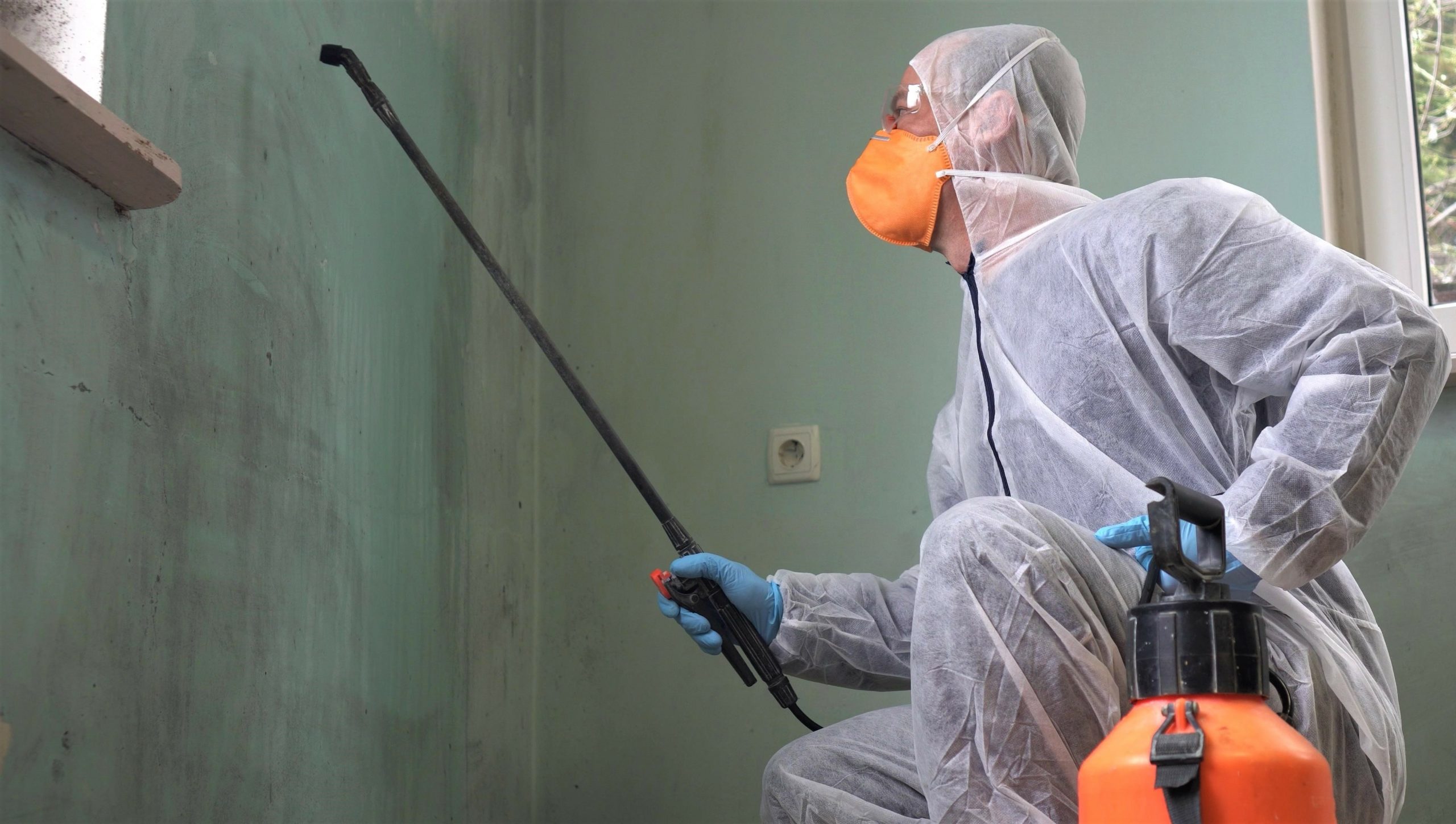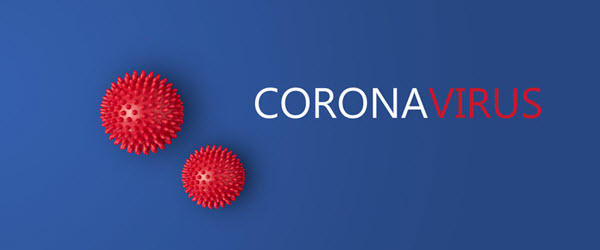When elbow grease just isn’t cutting it, consider increasing your cleaning agitation with an abrasive.
Abrasive cleaners are designed to remove relatively heavy amounts of soil. They wear off dirt, stains, tarnish, and hard water deposits by scraping them away, facilitating the A for “agitation” in the C-H-A-T cleaning formula: chemical – heat – agitation – time.
The degree of abrasiveness of products varies; fine particles are less abrasive, and course particles are more abrasive. Available in both powdered and liquid form, they contain a kind of built-in elbow grease which helps to cut down on the hard scrubbing required to remove soil. In fact, tools like scouring pads are also included in this category.
The abrasive action of these cleaners is provided by a variety of ingredients. Small particles of minerals like silica, pumice or feldspar, or a network of fine steel wool, copper, nylon or a matrix of plastic or melamine is involved.
Caution: Over time, the overuse of some abrasive cleaners can remove the glaze or coating from surfaces. Always read and follow the manufacturer’s instructions before using a product.
Dry Abrasives: Powdered Cleansers
Long established among household cleaners, the cleaning and polishing action of powdered cleansers is provided by fine particles of common minerals such as calcite, feldspar, quartz and silica. Powdered cleansers also contain small amounts of surfactants for removing oily soils such as the greasy film found in sinks after dishwashing. When removal of food, beverage or mold stains is needed, a bleaching agent is usually present. If removal of rust stains is a feature of the product, oxalic acid or sodium hydrosulphite is usually present.
Wet Abrasives: Liquid Cleansers
Liquid cleansers are a suspension of solid abrasive particles in a thick liquid matrix. Containing more surfactants and softer abrasives than are usually found in powdered cleansers, the result is a gentler abrasive action than powdered cleansers.
Abrasive Tools: Scrubbies, Stones, and Sponges
Scouring pads, like powdered cleansers, have a long history of household use. In the most common types, a ball of fine steel wire provides the scouring action. For chemical cleaning and as a polishing aid, a steel wool pad is usually filled with a cleaning mixture whose principal ingredient is soap. These soap and metal pads can provide effecting cleaning and an attractive shine to surfaces. With continued use, however, the cleaning mixture is used up and the metal pad begins to disintegrate.
Some scouring pads are made of non-disintegrating materials such as a mesh of copper, stainless steel wire or nylon, while others are a plastic material imbedded with small particles of abrasives. These pads are not impregnated with a cleaning mixture and rely on mechanical agitation alone to remove soil.
Color coded scouring pads, or “scrubbies,” are open construction scouring pads made from tough synthetic fibers, abrasive minerals and resin. They are designed for light- to heavy-duty cleaning, with blue and white usually being the most gentle, for delicate surfaces like fiberglass, ceramic and chrome, and green or black for heavy duty scouring like griddle cleaning. For cleaners and consumers concerned about sustainability, newer scrubbies are made by incorporating the fibers of the agave plant into the synthetic fibers.
Although melamine foam has been around in a variety of applications (sound and temperature insulation), its potential as a cleaning product has only recently been realized. Melamine foam “erasers” only need water to effectively clean most stains – no chemicals or soaps required. The only drawback is that the melamine erasers wear out quickly, just like pencil erasers do. During production, melamine resin is cured into foam and its microstructure becomes very hard – as hard as glass – causing it to work on stains like a super-fine sandpaper. The cavity-ridden open microstructure of melamine foam is its second strength. Not only is it able to scrape at stains with its extremely hard microfilaments with a few quick swipes of the eraser, the dirt from the stain is pulled into the open spaces between the spindly skeletal strands and bound there. Almost like “magic.”
Disinfecting Abrasives
Some abrasive cleaners also have the ability to disinfect surfaces, and include antimicrobial chemicals to reduce the bacterial population on soiled surfaces. Such disinfecting and antimicrobial agents can include, but are not limited to, pine oil, quaternary ammonium compounds or sodium hypochlorite (household bleach). These products will be labelled “disinfectant” and are regulated by the US EPA. As with any product, technicians must follow the label directions for disinfecting, which often contain both a cleaning step and a disinfecting step.
Janice Stewart is owner of Castle Keepers and the driving force behind the development of the Modern Cleaning approach, Janice brings her scientific and healthcare background to inform the development of effective, safe, and healthy cleaning methods.






